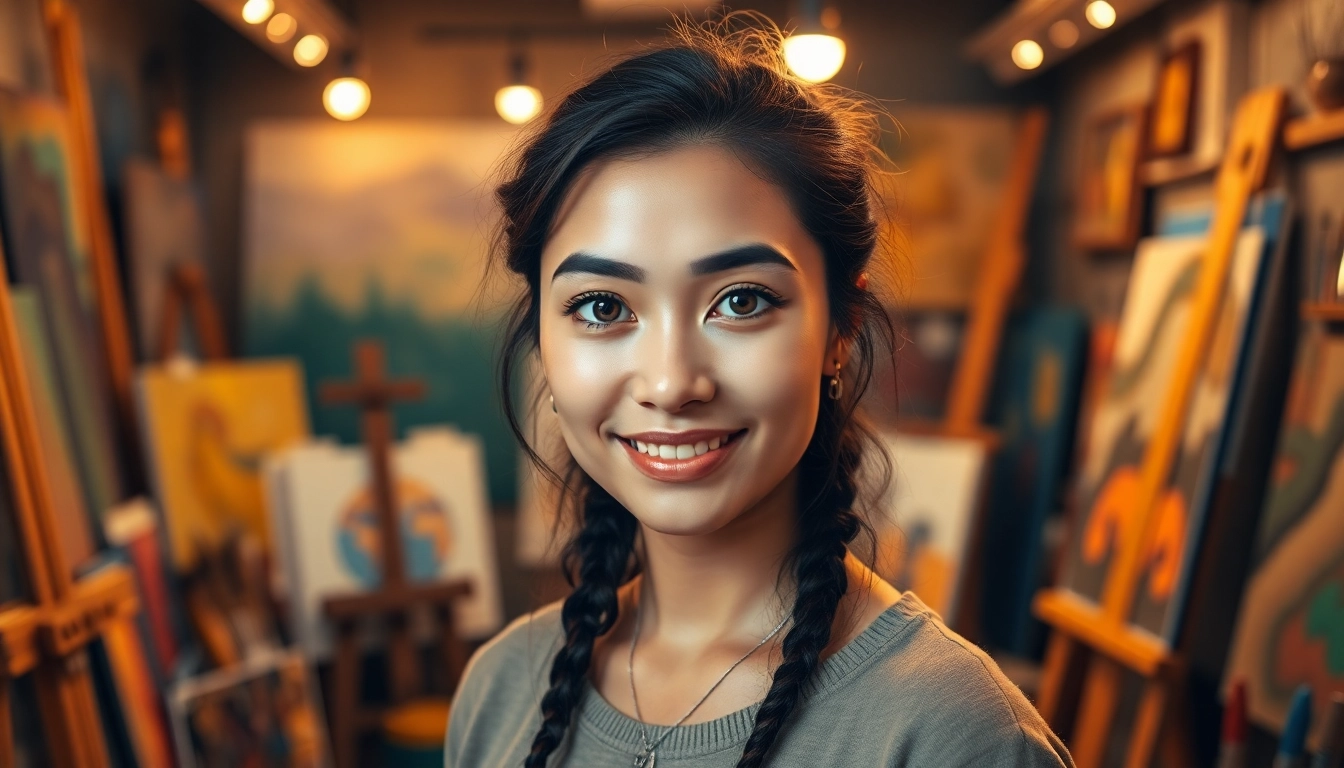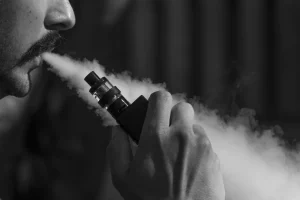Unveiling the Beauty of Portrait Paintings: Techniques and Inspirations
Understanding Portrait Paintings
Portrait paintings have long captivated audiences with their ability to convey the likeness, personality, and emotional depth of their subjects. These works of art serve not just as visual representations but as windows into the lives and times of individuals, providing cultural and historical context that communicates much more than mere aesthetics. Today, portrait paintings have evolved into a dynamic form of artistic expression that incorporates various styles, mediums, and approaches. For anyone looking to explore the world of portrait paintings, a deeper understanding of their history, purpose, and techniques is essential.
Definition and History of Portrait Paintings
A portrait painting is defined as a representation of a specific human subject, typically focusing on the face and expression, often aiming to depict the subject’s likeness and personality. This genre dates back thousands of years, with evidence found in ancient Egyptian tombs, where the deceased were often depicted in a way that allowed for their essence to transcend the physical realm.
During the Renaissance, portrait painting evolved significantly, driven by the humanism movement that placed emphasis on individual experience and identity. Artists such as Leonardo da Vinci and Titian began to employ sophisticated techniques to capture not only the likeness of their subjects but also their inner thoughts, emotions, and status in society. Over centuries, styles and techniques evolved, giving rise to diverse interpretations across cultures, from the regal portraits of the Baroque era to the emotive styles of Romanticism.
Purpose and Significance of Portrait Paintings
The purpose of portrait paintings extends beyond mere representation. Historically, they have served multiple functions, including:
- Documenting lineage and status: In many cultures, portraits were used to establish the social standing of individuals, particularly in aristocracy.
- Expressing individuality: Portrait paintings offer insight into the identity of the subject, allowing the artist to explore character and emotion.
- Preserving memory: They function as lasting records of individuals, serving as reminders of their existence and significance in history.
Today, the significance of portrait painting remains vital in contemporary art, as it continues to evoke personal and collective narratives while adapting to modern themes and techniques.
Evolution of Portrait Paintings Through Time
The evolution of portrait paintings can be traced through various art movements and technological advances.
1. Renaissance: Artists focused on realism through the use of perspective, light, and shadow to create three-dimensional forms.
2. Baroque: Characterized by bold contrasts of light and dark, portraits from this era often depicted subjects with a sense of grandeur and drama.
3. Romanticism: This era emphasized emotional depth and individual expression, leading to more personal and less formal portraits.
4. Modernism: Artists began to explore abstraction and stylization, shifting the focus from realistic representations to conceptual approaches.
5. Contemporary: In recent years, new media, including digital art forms and mixed media, have emerged, often challenging traditional definitions while maintaining the core essence of portraying human identity.
Key Techniques in Creating Portrait Paintings
Traditional vs. Modern Techniques in Portrait Paintings
Traditional portrait painting techniques are rooted in classic methods that have been developed and refined over centuries. These include:
- Oil Painting: This medium allows for rich color palettes and a wide range of textures, making it a preferred choice for many portrait artists.
- Acrylic Painting: Quick-drying and versatile, acrylics enable artists to layer colors and create different effects.
- Pastels and Charcoal: These mediums offer a softer approach to capturing likeness and expression through blending techniques.
Modern techniques incorporate a broader spectrum. For instance, digital painting has emerged as a contemporary method that opens new avenues for creativity, allowing for experimentation with photographic elements and graphic design.
Utilizing Color and Composition in Portrait Paintings
The interplay of color and composition plays a critical role in portrait painting. Composition involves the arrangement of elements within the artwork, influencing how viewers perceive and engage with the portrait. Techniques such as the rule of thirds, leading lines, and framing help artists guide the eye toward the focal point of the portrait.
Color, on the other hand, affects mood and emotional resonance. Warm colors can evoke feelings of affection and vibrancy, while cool colors can convey calmness or sadness. The careful manipulation of color temperature can highlight the subject’s traits and create specific atmospheres within the painting.
Common Tools and Materials for Portrait Paintings
Artists employ a variety of tools and materials to bring their portrait paintings to life. Commonly used items include:
- Brushes: Various sizes and shapes are used to achieve different textures and details.
- Palettes: Essential for mixing colors, allowing for a personalized range of hues.
- Canvas or Paper: The choice of surface can greatly influence the final piece; canvas provides durability, while high-quality paper is favored for dry mediums.
- Headphones and References: Many artists use references to improve accuracy and detail in their portraits.
Understanding these tools is crucial for artists aspiring to develop their own unique style in portrait painting.
Influential Artists and Their Portrait Paintings
Examining Renowned Portrait Painters
Throughout history, several artists have made significant contributions to the field of portrait paintings. Notable figures include:
- Leonardo da Vinci: His portraits are characterized by their emotional depth and meticulous attention to detail, most famously exemplified by the “Mona Lisa.”
- Johannes Vermeer: Known for soft lighting and intimate poses, Vermeer’s works invite viewers into the personal lives of his subjects.
- Frida Kahlo: Her self-portraits are steeped in personal narrative and symbolism, often exploring themes of identity and the human experience.
These artists not only shaped the genre but also influenced countless others, leaving a lasting legacy that continues to impact contemporary portrait painting.
Modern Innovators in Portrait Paintings
Contemporary artists have expanded the boundaries of portrait painting, integrating modern techniques and diverse themes. Some notable figures include:
- Chuck Close: Known for his large-scale, photo-realistic portraits created using a grid method, he challenges traditional perceptions of art and vision.
- Yayoi Kusama: While primarily known for her installation art, her portraits often incorporate repetitive patterns and vibrant colors that reflect her unique perspective.
- Mark Ryden: Combining surreal elements with traditional portraiture, Ryden’s work offers a contemporary take on historical motifs.
These modern innovators demonstrate that portrait painting remains a vibrant and evolving medium capable of addressing contemporary issues and aesthetics.
Analyzing Iconic Portrait Paintings
Analyzing iconic portrait paintings reveals not only the technical prowess of their creators but also the cultural context, emotional narratives, and stylistic choices that define their impact. For instance:
The “Mona Lisa,” painted by Leonardo da Vinci, is renowned for its enigmatic expression and masterful use of sfumato—a technique that creates a smooth transition between colors and tones.
Girl with a Pearl Earring, by Johannes Vermeer, utilizes light and shadow to create depth and intrigue, inviting viewers to ponder the narrative behind the gaze.
One cannot overlook the “Self-Portrait with Cropped Hair” by Frida Kahlo, as it powerfully conveys her personal struggles and identity, utilizing symbolism that speaks to her life experiences.
Each of these portraits serves as a testament to the artist’s ability to encapsulate human emotion and complexity, transcending time to continue captivating audiences today.
Personalizing Your Own Portrait Paintings
Choosing the Right Style for Custom Portrait Paintings
In today’s art world, customizing portrait paintings has become increasingly popular. When considering a personalized piece, it is essential to choose a style that resonates with both the subject and the intended audience. Options may range from traditional realism, where attention to detail is paramount, to impressionistic styles that prioritize emotional response over accuracy.
Additionally, factors such as color palette, posing, and background can be tailored to enhance the narrative or emotion you wish to convey through the portrait. Consultations with artists can further help refine your vision and align it with your desired outcome.
Sharing Personal Stories through Portrait Paintings
At their core, portrait paintings are often rooted in personal stories. Artists and subjects alike should consider how their stories can be woven into the fabric of the artwork. This may be achieved through:
- Incorporating symbolic elements that reflect personal history or aspirations.
- Choosing poses and expressions that convey specific emotions or narratives.
- Utilizing backgrounds or props that hold significance to the subject.
The resulting portrait becomes a reflection of the people and experiences that shape individuals, transforming the artwork into a legacy of emotional and personal significance.
Commissioning Artists for Portrait Paintings
When commissioning an artist for portrait paintings, several steps should be undertaken to ensure a satisfactory collaboration:
- Research Artists: Look for artists whose style aligns with your vision and whose portfolio reflects quality and consistency.
- Discuss Ideas: Communicate your ideas, preferences, and any personal stories you wish to include, allowing the artist to understand your expectations.
- Agree on Timeline and Budget: Clear discussions regarding the time frame and price will help avoid misunderstandings.
- Review Progress: If possible, request updates during the creation process, ensuring that the artwork aligns with your vision.
By being actively involved in the process, you can foster a rewarding experience that results in a unique piece tailored just for you.
The Future of Portrait Paintings in the Art World
Digital Innovations Impacting Portrait Paintings
As technology continues to advance, portrait paintings are increasingly influenced by digital innovations. Tools such as graphic tablets and software provide artists with unprecedented flexibility and options in their creative process. Digital painting allows for quick experimentation with composition and color, enabling artists to push the boundaries of traditional techniques. Moreover, platforms for sharing digital art have expanded access to audiences, fostering new communities and dialogues surrounding portrait painting.
Trends to Watch in Portrait Paintings
Several trends are shaping the future of portrait painting:
- Diversity in Representation: Contemporary artists are incorporating diverse subjects and narratives, moving beyond traditional boundaries and engaging with various social issues.
- Mixed Media: Artists are exploring combined genres, merging traditional painting with photography, textiles, and even technology to create innovative works.
- Personalization: The demand for custom portrait paintings that reflect unique identities is rising, leading to a surge in personalized commissions.
These trends indicate a dynamic art scene where portrait painting continues to evolve in response to societal changes and individual expressions.
Sustainability and Ethical Practices in Portrait Paintings
As awareness surrounding environmental issues grows, sustainability has become paramount in the art world. Artists are increasingly adopting eco-friendly materials and practices in portrait paintings, focusing on:
- Using sustainable canvases and paints free from toxic chemicals.
- Promoting local art supplies to reduce carbon footprints.
- Creating art that addresses social or environmental issues, reflecting positive change.
These ethical practices not only contribute to the well-being of the planet but also resonate with audiences who value community-centered and environmentally-conscious approaches to art.











Post Comment